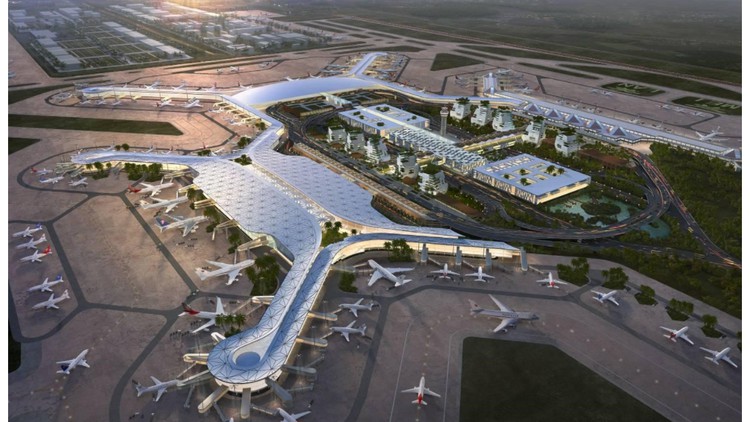Airport Engineering & Its importance in Civil Engineering

Why take this course?
🛫 Master Airport Engineering with Our Comprehensive Online Course!
Headline: Unlock the Skies: A Course on Airport Engineering and Its Crucial Role in the Civil & Construction Industry 🚀
Course Overview:
Airport Engineering is a field of engineering that intertwines the principles of civil, structural, and architectural disciplines to design and manage airports. This course will take you through the foundational aspects of airport planning, development, and the importance it holds in the global aviation industry. 🌫️🌍
Historical Context:
- The Dawn of Aviation: Just 12 years after the Wright brothers' historic flight, the world's first airport was established at Croydon near London in 1928. This marks the beginning of organized air travel.
- Global Standards: The International Civil Aviation Organization (ICAO), a UN agency, was formed on April 4, 1947, to promote global aviation safety and security. ICAO sets forth a comprehensive set of guidelines for airport development.
Types of Airports:
- International Airports: These are the gateways between nations, equipped with customs and immigration, longer runways, and cater to a wide range of aircraft.
- Domestic Airports: Serving flights within the country's borders, these airports have shorter runways and no international facilities like customs and immigration.
- Regional Airports: Tailored for private jets and small business aviation, located in specific geographical areas.
Key Components of an Airport:
- Runways: The lifeline of an airport, where aircraft land and take off, available in various sizes from grass to concrete surfaces.
- Terminal Buildings: The hub of passenger activity, offering amenities such as cafes, lounges, and check-in services, ensuring a smooth transition for passengers.
- Aprons: The areas where aircraft are parked and boarded, designed for the safe handling of aircraft.
- Taxiways: Essential pathways linking runways to terminals, hangars, and other airport facilities.
- Control Tower: A critical component for monitoring and managing air traffic to ensure safe and efficient operations.
Airport Design Considerations:
Airport Engineers must account for a myriad of factors when designing an airport, including:
- Aircraft Characteristics: Wing span, height, wheelbase, tail width, and other specifics that influence the design and operation of the airport.
- Safety & Efficiency: Ensuring that the airport can handle the demands of modern aviation safely and efficiently while accommodating future growth.
Course Objectives:
By completing this course, you will gain a foundational understanding of: ✅ The history and evolution of airport engineering. ✅ The different types of airports and their functions within the aviation ecosystem. ✅ The key components that make up an airport and their respective roles. ✅ The importance of adhering to global standards set by ICAO. ✅ The critical design considerations for modern airport infrastructure. ✅ The multifaceted role of an Airport Engineer in ensuring operational excellence.
Who Should Take This Course:
- Aspiring Airport Engineers: Learn the basics and prepare to enter this specialized field.
- Civil Engineering Students: Expand your knowledge beyond general civil engineering with a focus on aviation.
- Professionals in Aviation: Enhance your understanding of airport infrastructure to advance in your career.
- Anyone Interested in Aviation: Satisfy your curiosity about how airports are designed and managed.
Embark on a journey through the skies with our Airport Engineering course! 🛫✨ Learn the intricacies of airport infrastructure, understand its role in modern aviation, and discover how you can contribute to this dynamic industry. Enroll now and take your first step towards becoming an integral part of the global aviation network.
Loading charts...